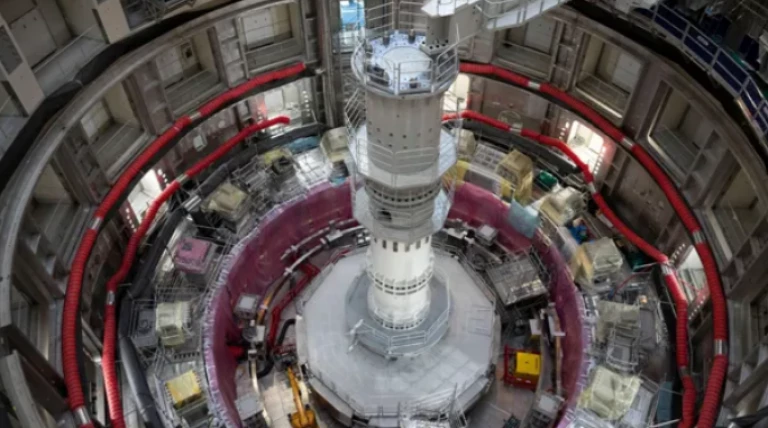The world's largest fusion reactor, ITER, has been assembled but won't be operational for another 15 years, project scientists have confirmed. Originally scheduled to start tests in 2020, ITER's tokamak design aims to harness fusion power, mimicking stars' energy production without greenhouse gases or long-term radioactive waste. Despite delays and cost overruns — now totaling over $22 billion — fusion's potential as a near-term climate solution remains uncertain, highlighting ongoing technical challenges in plasma containment and energy production efficiency.
![{[setting('site_name')]}](https://swipenews.ca/uploads/setting/17099612221434575116.webp)









